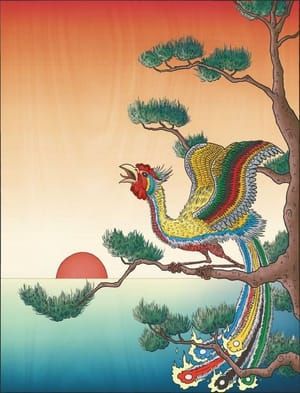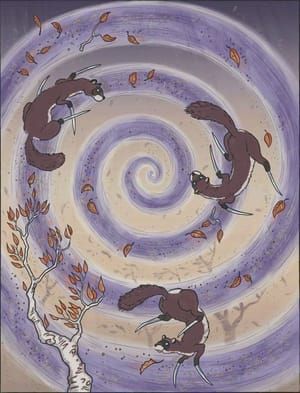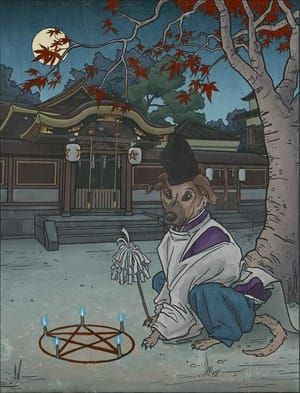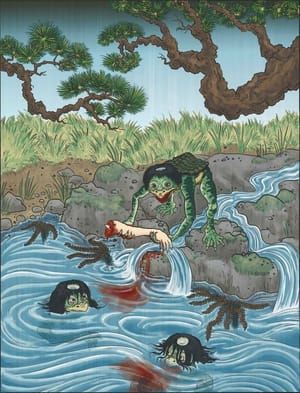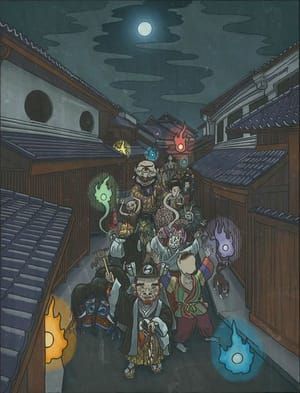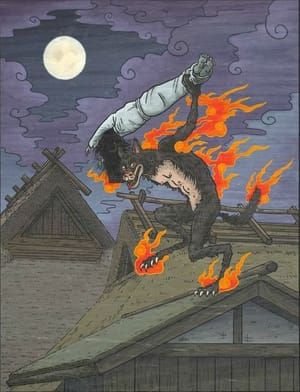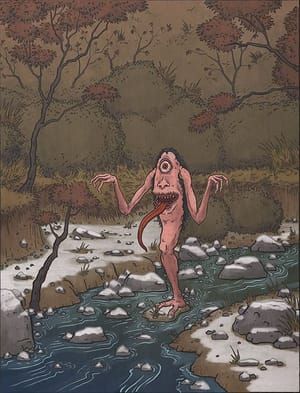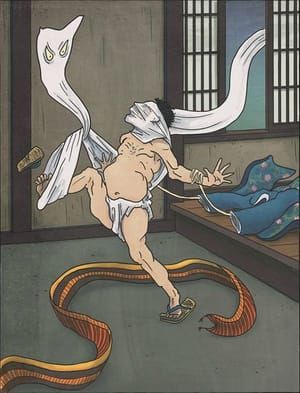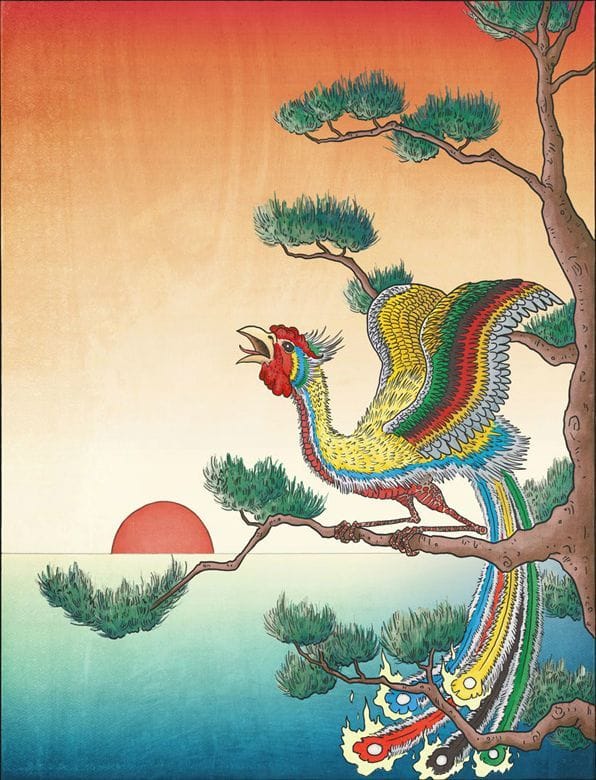

Hōō, 2013
Matthew Meyer
鳳凰
Hōō are beautiful, peaceful phoenix-like creatures which are honored across East Asia and worshiped as divine spirits. They are described as having the beak of a rooster, the jaw of a swallow, the head of a pheasant, the neck of a snake, the back of a tortoise, legs of a crane, and the tail of a peacock. They are brilliantly colored with the five colors of the Chinese elements – white, black, red, yellow, and blue – and have five distinctive tail feathers.
Hōō are creatures of utter peace and they never cause harm to other living things. They eat only bamboo seeds, and nest only in paulownia trees. When a hōō flies, it is said that the wind stops, dust settles, and birds and insects grow quiet. Because of their purity, they only appear in lands that are blessed with peace, prosperity, and happiness – they flee to the heavens during times of trouble. The appearance of a hōō is an extremely good omen, said to signify the beginning of a new era in history.
The hōō is a popular motif in Japanese paintings, crafts, kimonos, and on temples and shrines. As a symbol, it represents fire, the sun, and the imperial family. It also stands for the virtues of duty, propriety, faith, and mercy. Its five colors represent the five elements of wood, fire, earth, metal, and water.
Hōō come from Chinese mythology, where they are known as fenghuang. Originally they were considered to be two distinct birds: the male hō (feng) and the female ō (huang), symbolizing yin and yang and the duality of the universe. Eventually the two creatures merged into one term and their combined name was used. The combined creature is still considered to be female, and is often partnered with the tatsu, which is considered to be male.
The hōō is one of the most revered and holiest animals in Japan. Second only to the kirin in terms of power, it is the most sacred bird of all.
Matthew Meyer
artistArthur
Wait what?

